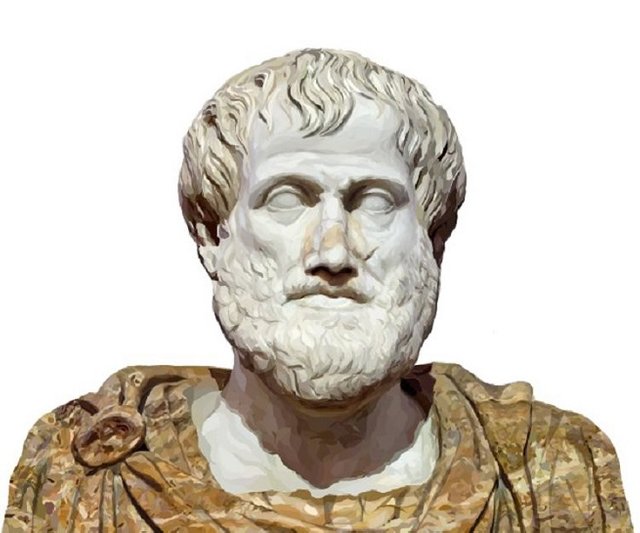Ancient philosophy. Aristotle and his metaphysics /part 2/
The question arises further, where are these forces and properties of the objects of matter that bring about the reconciliation and understanding of things. Whether the properties and powers will translate into the material things themselves (as in the Atomists), they will be explained by the action of love and hatred (as in Empedocles), or they will be attributed to a universal reason (as in Anaxagor) the question remains open and always the same: apart from the material substrate, there is also a causal, pre-material and super-material.
But that's not all. Considering all kinds of causality, Aristotle finds that there are actions that are determined not from the beginning, but from the end, and are explained only by their end, which is also an objective for them. If the child sees a fisherman for the first time, he does not understand at first the reason why he is preparing the fishing rod, why he goes by the river, why he puts bait on the pole, throws it into the river, silently waits until he realizes until the fisherman's actions come to an end -the catching of the fish. Every reasonable human action, as an action expedient and foreseeable, is explained by its end through its purpose. Before the outcome of an action is actually reached, it already exists as a plan, as a project, in the mind of the perpetrator. In this sense, the last one (which is to be realized only at the end) is the first because there is an ideal one at the beginning of the action. In this way, there is a third type of causality in the world. But what is very important in this case, Aristotle not only considers that the actions are appropriate, but he sees the whole world as teleologically. It is unacceptable for him to think of a blind mechanism.
Finally, Aristotle finds a fourth type of causality in the form that matter gets in the individual objects, and which makes it an object, not others. So, for example, potatoes and roses, corn and pumpkins and others can be sown on the same soil. The material base is the same. But the results are being obtained different, because the shape of the potatoes is potato, rosé, and so on. So Aristotle distinguishes four types of causality: A motive and a driving cause. For example, the sculptor who has the ability to marble. What or where the movement comes from. It's starting. Material, real causality. It is matter itself, the substance that tolerates the change and the action in our example this is marble. Cause of purpose, ultimate reason for action enjoyment of art, perpetuation of one's memory, glorification of leader, and so on. Cause of the type, the form in our example this is the statue, bust, monument or anything else. So we have two external to the substance causes - the initial and the ultimate and internal causes - the material and the form. Later, as is known in the history of philosophy, the four types of causality are reduced to two main types of causality-causality by virtue of which an action combining force and matter (the first two types of causes in Aristotle) is known by the name and the causality for which the action combining the purpose and form of the objects is known by the name.

Aristotle made significant and lasting contributions to nearly every aspect of human knowledge, from logic to biology to ethics and aesthetics. Though overshadowed in classical times by the work of Plato, Aristotle’s surviving writings are incredibly influential.